March 12, 2018
We started our morning back at El Tono. Bob had tostadas:
. . . and I had enchiladas verde. Not exactly what we are used to eating for breakfast, which made it even more delicious!
I had hot chocolate, and Bob had tamarind juice.
Arnold Pedroza, our guide, picked us up at 9:30 and we began our journey to the Pass of Cortés, an 11,159-foot saddle between Mexico's second and third tallest mountains: Popocatépetl (at 18,045 feet, only 361 feet shorter than Mexico's tallest mountain, Pico de Orizaba) and Iztaccihuatl (17,126 feet).
These two giants are affectionately known as "El Popo" and "La Izta." (Thank goodness, since I can't remember how to spell or pronounce their full names.)
"Paso de Cortês," or the Pass of Cortes, is so named because it is the route that Cortés and his men took to get to Tenochtitlan (modern Mexico City) in 1519 after they massacred many of the nobles and warriors in the Battle of Cholula. That's Izta on the north and Popo on the south of the pass.
Arnold and I in front of the monument to the invasion, pointing to the namesake of the pass (Can you tell it was windy?), and Bob taking his turn.
Behind Bob is El Popo, blowing off steam. (Those are not clouds.) El Popo is one of the most active volcanoes in Mexico. Its name means "smoking mountain" in the native Nahuatl language. It has had more than 15 major eruptions since the Spaniards arrived in 1519.
This sign has a nice photo of the two mountains without any smoke or clouds obscuring them.
We could almost imagine what that would look like.
A small visitors center has a very nice, and very helpful, scale model of Popo and Izta. It clearly shows how differently the two mountains are shaped.
Popo's caldera:
La Izta is a dormant volcano that is further away from the pass and not nearly as imposing. Its full name, "Iztaccihuatl," is Nahuatl for "white woman," describing the snow capped peaks that appear to create the head, chest, knees, and feet of a woman sleeping on her back.
The Aztec legend is that a young Tenochtitlan warrior, Popocatépetl, fell in love with the princess Iztaccihuatl. Itza's father was the emperor and did not approve of the match, so he sent Popo away to fight in a war in Oaxaca, promising him Izta's hand in marriage when he returned (but secretly sure we would never see him again). Izta was falsely told her lover had died in battle, and she was so stricken by grief that she died. Popo, of course, returned, and when he discovered Itza had died, he carried her body to this spot and kneeled down next to her. The gods covered them both with snow and turned them into mountains. Popo never stopped grieving and became an active volcano, eternally raining fire on the Earth as he rages at the loss of his beloved.
There is a great map of the trail to the summit that shows each separate peak and elevation, as well as distances between points.
I love the symbol of the eagle eating the snake that is found on the Mexican flag, and which is on much of the signage in the park.
The light filtering through the smoke from Popo made the colors of the landscape impossibly intense. It's a look we have seen before during wildfire season in California.
This one includes the phrase "Here begins your reunion with the lord of the peaks." At the end it says, "We will always carry you in our hearts, and that's why we let you go." Very eloquent.
We started our morning back at El Tono. Bob had tostadas:
. . . and I had enchiladas verde. Not exactly what we are used to eating for breakfast, which made it even more delicious!
Ah, the salsas.
I had hot chocolate, and Bob had tamarind juice.
These two giants are affectionately known as "El Popo" and "La Izta." (Thank goodness, since I can't remember how to spell or pronounce their full names.)
"Paso de Cortês," or the Pass of Cortes, is so named because it is the route that Cortés and his men took to get to Tenochtitlan (modern Mexico City) in 1519 after they massacred many of the nobles and warriors in the Battle of Cholula. That's Izta on the north and Popo on the south of the pass.
I wonder if in our culture of taking down monuments to invaders, this pass will eventually be renamed and this plaque will be removed?
El Popo is what we could see behind the volcanic smoke:
Popo's caldera:
La Izta is a dormant volcano that is further away from the pass and not nearly as imposing. Its full name, "Iztaccihuatl," is Nahuatl for "white woman," describing the snow capped peaks that appear to create the head, chest, knees, and feet of a woman sleeping on her back.
 |
| Photo from a sign inside the visitors center |
We drove on a rough, winding dirt road to the base camp for Izta, which was at about 13,000 feet, very high for my hubby, who tends to get altitude sickness.
A sign on the trail told us we were at the beginning of the ascent to La Izta, a mountain considered sacred by the ancient Mexicans. It also advised that to make the ascent, one must have the right equipment. It also appears that there is a fee to make the climb.
The terrain was spectacularly beautiful--very rugged and covered in clumps of golden grasses the color of a lion's mane.
This tiny building looks like it was built of Legos. I think it might be a base for rescue operations.
Walking up the well-maintained trail, I could almost believe I could just keep walking until I reached the summit. That glow in the distance--is it Shangri-la?
It was fun to see some of the hikers. I can't remember if these two were coming back or going up.
Ah, the scenery! I don't think I've ever seen anything quite like it. The golden grasses seemed unreal--like a photo that had been retouched. In some ways it reminded me of the Yukon, but even more dramatic.
There is definitely an other-world feel to this quiet (for now), glowing, imposing place.
Every now and then we could just catch sight of the top of La Izta. Compared to El Popo, there was very little snow on it.
Magical.
This is my favorite photo of the morning. Arnold is a terrific guide.
There were a couple of memorials attached to the rocks, this one for a woman. It begins with "Farewells are a necessary part of life" and ends with "Lovingly, Your Family Who Will Always Remember You."
On our way back to civilization, we got a different, closer view of El Popo.
Bob got a relatively good shot of the caldera, the source of the smoke clouding our view of the peak.
What a majestic mountain!
It was time to head down the mountain towards Amecameca (I name I love to say), where we were looking forward to eating some lunch.



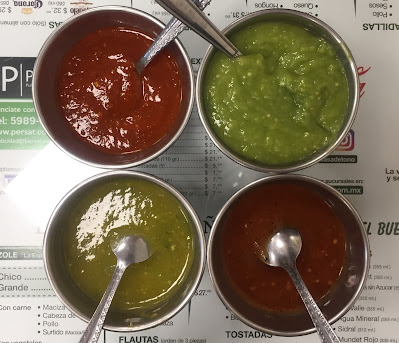





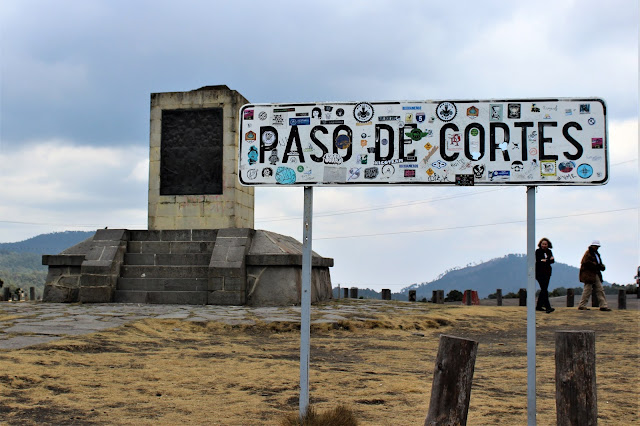


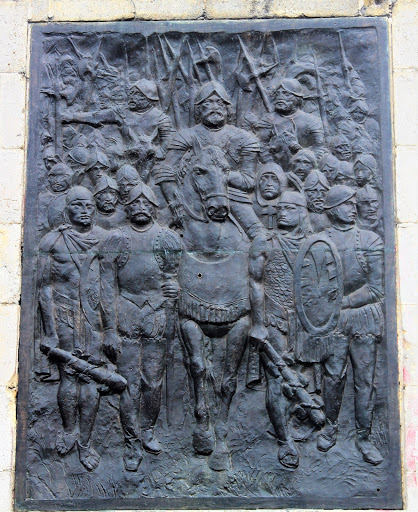







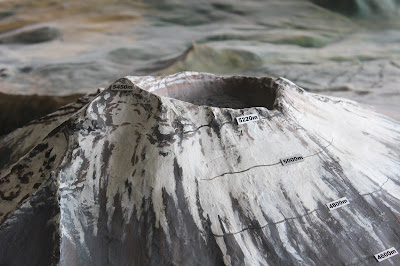





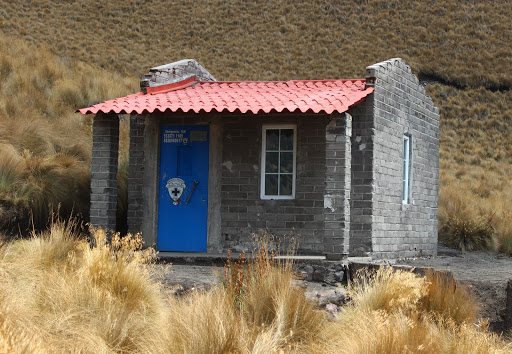



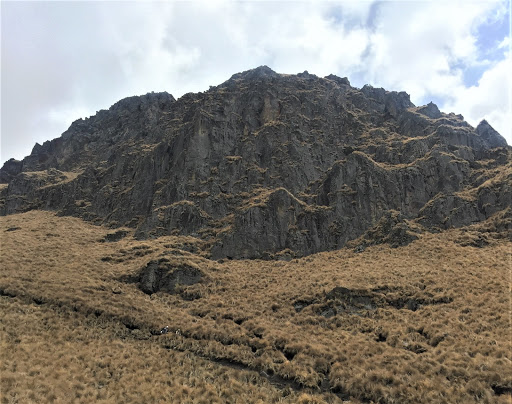

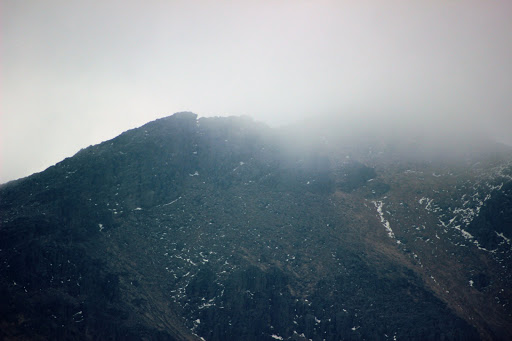






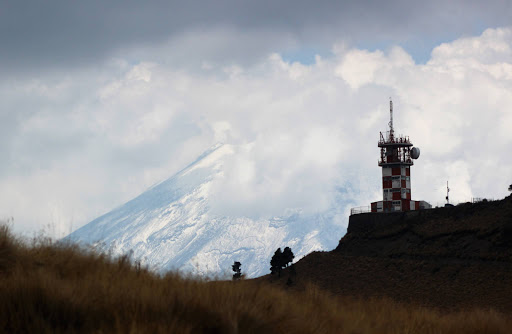

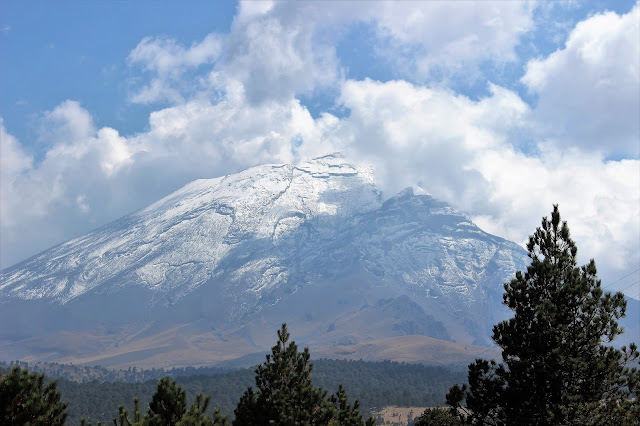

I know mountains aren't your thing, but I really loved being up there. Isn't Mexico a great destination!
ReplyDeleteI LOVED these mountains. The scenery was incredible. I didn't love the winding road, however, something I forgot to mention.
Delete16 years old. Climbed Popo August 1967. Up at 3:00 am on Clear night could see satellites orbiting earth. Rested at las cruces about noon. Last 1,000 ft on all fours to the rim. Lesson learned. Everything since has been easier to accomplish. Jim Perry
ReplyDeleteI love this story! Thank you for sharing.
Delete